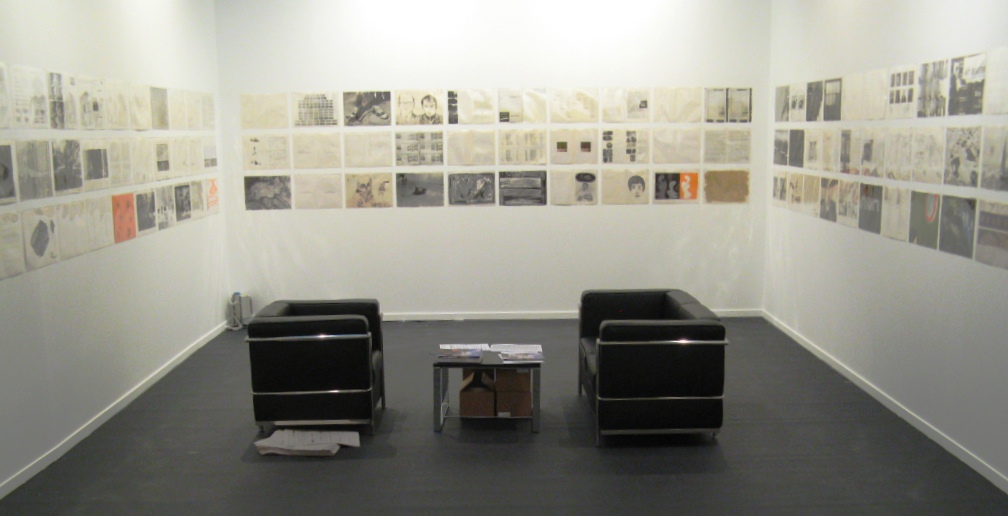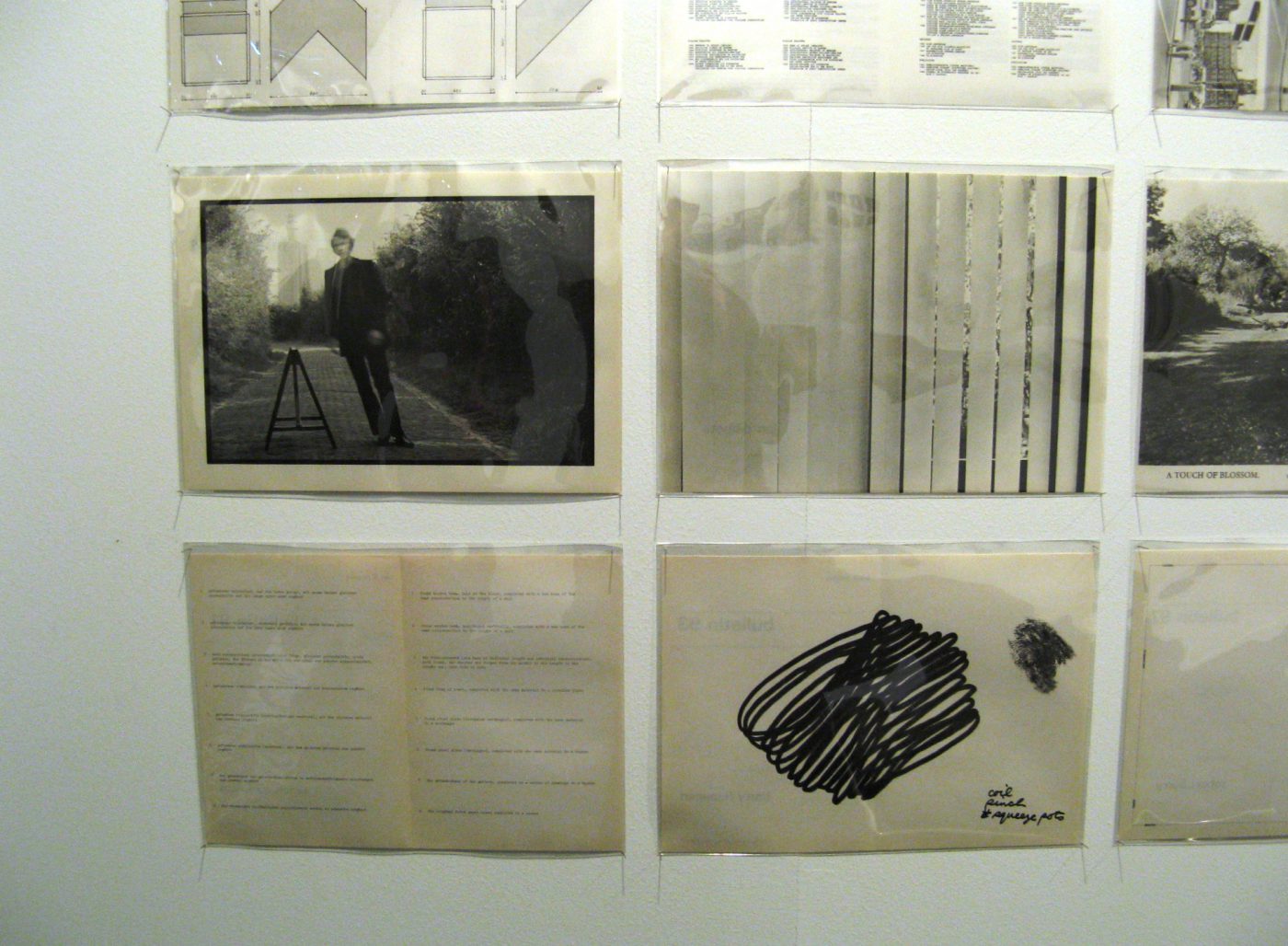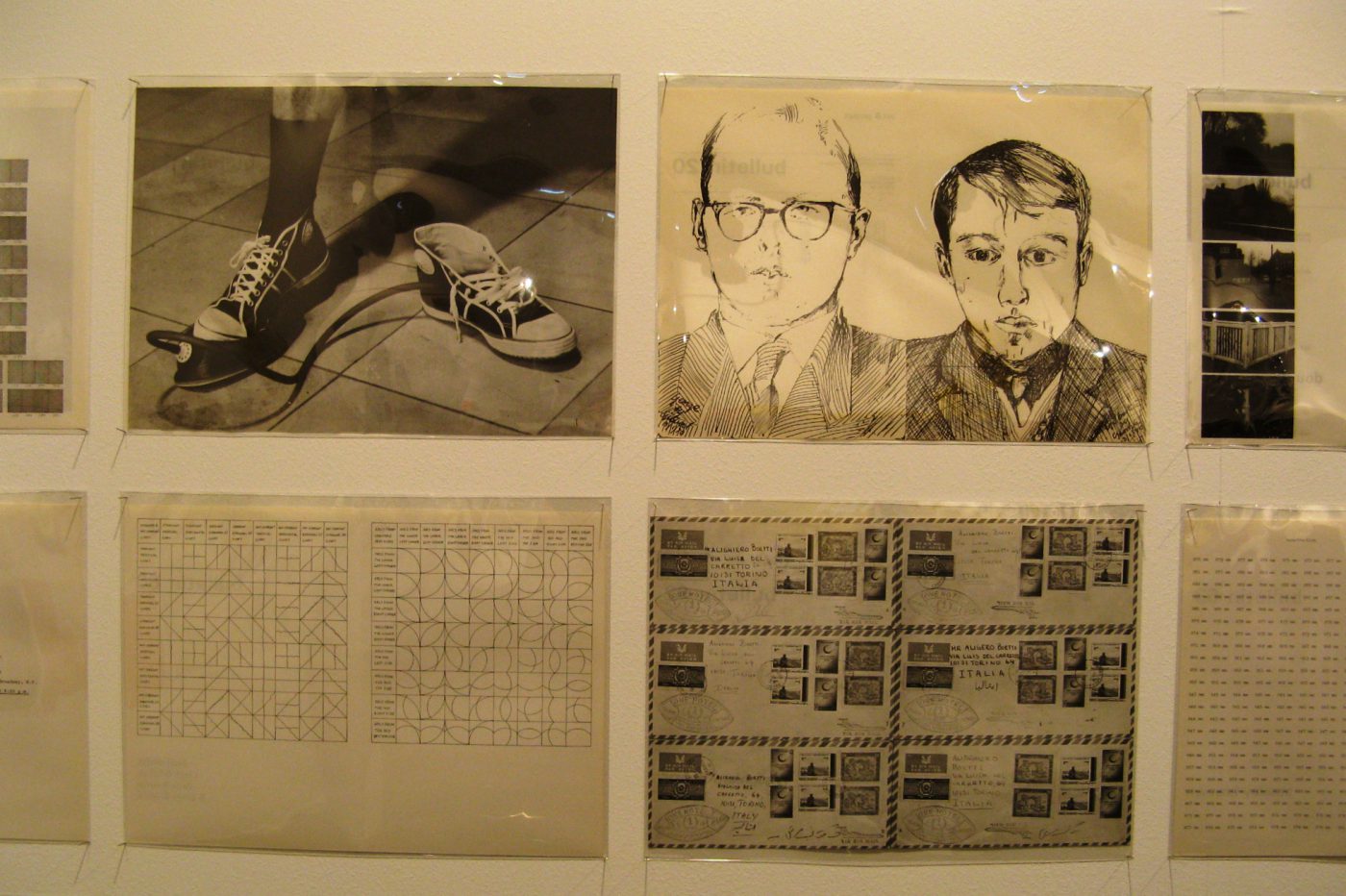
ARCO interview: Xander Karskens



Xander Karskens, curator of De Hallen, is now the curator of ARCOmadrid’s FOCUS: The Netherlands programme. Metropolis M investigates.
How did this collaboration come about?
‘ARCO invited me to curate FOCUS, providing me with 14 gallery stands and a smaller project stand at the fair. The idea of a representation for a country is already very complicated, and certainly now, with the global crisis and the disastrous cuts in culture funding in the Netherlands. Ultimately, in selecting the galleries, and as an extension of that, the artists represented at their stands, I sought a reflection on the characteristic internationalism of the Dutch art world. Consequently, there are a lot of ‘international Dutch artists’ showing here, including several well-known Spanish artists, such as Fernando Sanchez Castillo, Lara Almarcegui and Alicia Framis, all of whom have substantial roots in the Netherlands. It is precisely this internationalism that is threatened by the plans of the current Dutch government.
I wanted to give the gallery presentations an historic context by way of Art & Project: A Gallery Portrait, a presentation made up of a selection of Art & Project Bulletins. You could see this as a kind of punctuation mark in the FOCUS trajectory. In my opinion, this specific gallery represents a crucial moment in the development of contemporary art in the Netherlands, amongst other things by functioning as an entry into Europe for many artists of the American neo-avant-gardes of the 1960s, also clearly imbedded in much broader institutional structures, with at that time the Stedelijk Museum in Amsterdam as the central point.’
To what degree have you been responsible for what the galleries are exhibiting?
‘I have been in dialogue with the galleries about their presentations. For myself, as well as for them, it was in some cases immediately clear what should be shown, but with others, we looked at what would fit well in the total presentation. Factors such as geographical and generational distribution, the type of artistic practice and production and so on played a role, but so too did the simple fact of whether the artists were already exhibiting at other locations in Madrid during ARCO.
Are there other projects at ARCO, or elsewhere in Madrid, that you have been a part of?
‘As the curator for FOCUS, I have been in contact with several parties about associated programmes. With the local institutions, including the Reina Sofia Museum, CA2M and Matadero, for example, we talked about ‘Dutch’ exhibitions or projects during ARCO, all of which ultimately came about entirely through the institutions themselves. At ARCO itself, there is also Dutch Assembly, a project curated by Latitudes.
Every evening at Plaza Callao, a central square in Madrid, a big video screen will present a video programme put together by NIMk, The Dutch Institute for Media Arts. I also invited Alicia Framis to present her performance, Where did the future go, at the opening of ARCO, and Rory Pilgrim will be performing his piece, Care. At Cineteca, on Friday, there will be a screening evening with video work by Gabriel Lester and Nathaniel Mellors. There is a music programme in the framework of AfterARCO, where, under the flag of Amsterdam’s Viral Radio, Knalpot and Machinefabriek will be performing at the Joy Eslava club. There is an entire fabric of interwoven but diverse artistic productions that reinforce the connections between the institutional locations in Madrid and the FOCUS programme at ARCO.’
Jolien Verlaek


